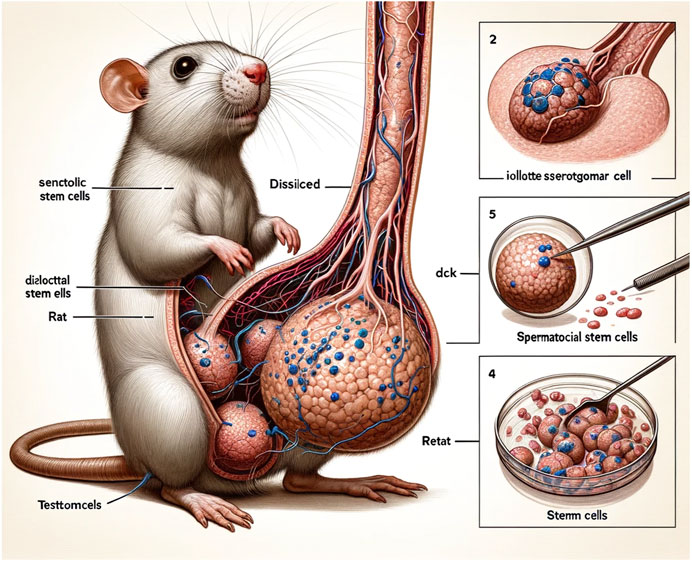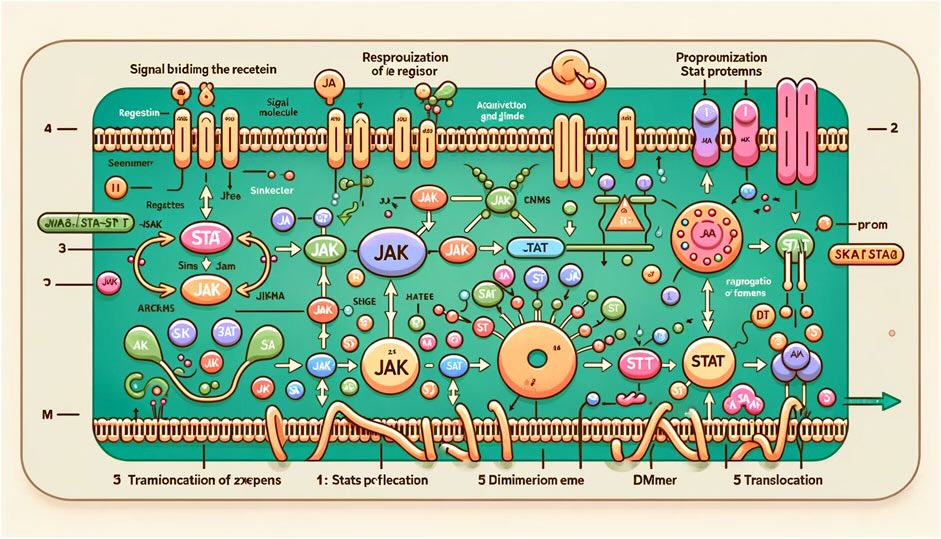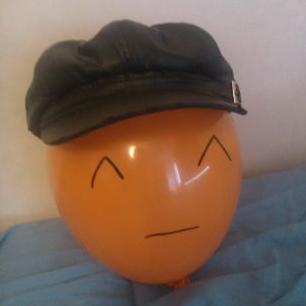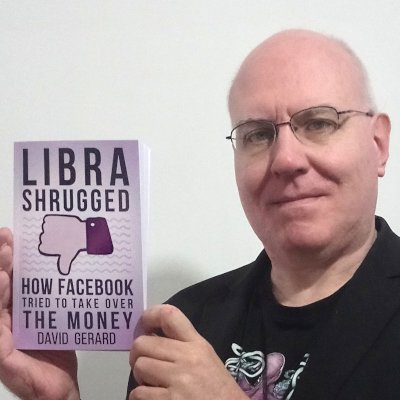Appall and scorn ripped through scientists’ social media networks Thursday as several egregiously bad AI-generated figures circulated from a peer-reviewed article recently published in a reputable journal. Those figures—which the authors acknowledge in the article’s text were made by Midjourney—are all uninterpretable. They contain gibberish text and, most strikingly, one includes an image of a rat with grotesquely large and bizarre genitals, as well as a text label of “dck.”
A dck pck, if you will.
Count me among the “some scientists online” who “questioned whether the text was also AI-generated”. I mean, it’s a disjointed mess. Right off, we get this:
The term “stem cell” was first coined in 1901 by Regaud
Um, no. But if that could be taken for human error, what about a sentence like this:
They were physically sheared and digested with a solution of DnaseI, hyaluronidase, collagenase, and trypsin using a two-step enzymatic digestion method in which the digestive enzymes included DnaseI, hyaluronidase, collagenase, and trypsin.
Just a bit before that, the text does a swerve into what sounds like a specific experiment, which doesn’t fit with its surroundings and is very strange in a review article. My guess is the whole thing was made by stitching together LLM responses.
The publisher, Frontiers Media, is not exactly held in high regard overall.
Here’s the pic in its full glory.

Tag yourself, I’m Testtomcels

This one from the same is also funny
all leftists care about is propronounization stat protemns, translocation, and posting on DMmer
Reminds me of the plastic placemats I ate off of as a toddler.
Jak stats and prom, what a night.
di>locttal stem ells was my father’s name. please, call me dck
like fuck can you imagine looking at nothing but results like these and believing “yep these are the glimmerings of AGI, what a revolutionary technology”
this will be in a future gallery exhibition about the beginning of the Art Cynique movement
I go by many names, but you may call me Iollotte.
bond voice I’m retat. rat retat.
deleted by creator
“Aghast”? No, more like two or three ghast, at least
deleted by creator
I’m fairly sure those are the constituent parts of the rat dick as labeled by the AI, yes
So bighast, perhaps even polyghast?
According to researchers referenced in a 2015 blog post quoted by Allison and James Kaufman in the 2018 book Pseudoscience: The Conspiracy Against Science, “Frontiers has used an in-house journals management software that does not give reviewers the option to recommend the rejection of manuscripts” and the “system is setup to make it almost impossible to reject papers”. source
Ah yes, pear reviw.
Recommend publication?
>yes
later
And it’s been retracted:
Following publication, concerns were raised regarding the nature of its AI-generated figures. The article does not meet the standards of editorial and scientific rigor for Frontiers in Cell and Development Biology; therefore, the article has been retracted.
This retraction was approved by the Chief Executive Editor of Frontiers. Frontiers would like to thank the concerned readers who contacted us regarding the published article.
At least they didn’t claim to have “high standards”, only “standards”!
That wording is a work of art
I’m not sure the “frontiers in” journals are all that reputable.
My informal impression is that they range from “OK” to “… the Hell?!”.
A dck pck, if you will.
I am so glad it wasn’t just my brain that went there
I read an article about this on mastodon earlier, but somehow it seems like it took a long time for anyone to read the text of the paper and realize that’s garbage too
Frontiers Media is the second entry of the “don’t cite this BS” list for Wikipedia.
To be fair though rodents can have pretty huge balls. Like dragging on the ground behind them huge.
same with our brave soldiers. god bless
have you seen the photo because we’re talking so big that the rat can’t reach its little feet to the ground huge
Funny, when I ask chatgpt to draw a rationalist, the same thing pops up.
New ppb for Hexbear users?
This is the best summary I could come up with:
Appall and scorn ripped through scientists’ social media networks Thursday as several egregiously bad AI-generated figures circulated from a peer-reviewed article recently published in a reputable journal.
But, looking closer only reveals more flaws, including the labels “dissilced,” Stemm cells," “iollotte sserotgomar,” and “dck.”
Many researchers expressed surprise and dismay that such a blatantly bad AI-generated image could pass through the peer-review system and whatever internal processing is in place at the journal.
One scientific integrity expert questioned whether it provide an overly complicated explanation of “how to make a donut with colorful sprinkles.”
The image is supposed to provide visual representations of how the signaling pathway from Figure 2 regulates the biological properties of spermatogonial stem cells.
As such, research journals have recently set new authorship guidelines for AI-generated text to try to address the problem.
The original article contains 496 words, the summary contains 137 words. Saved 72%. I’m a bot and I’m open source!












